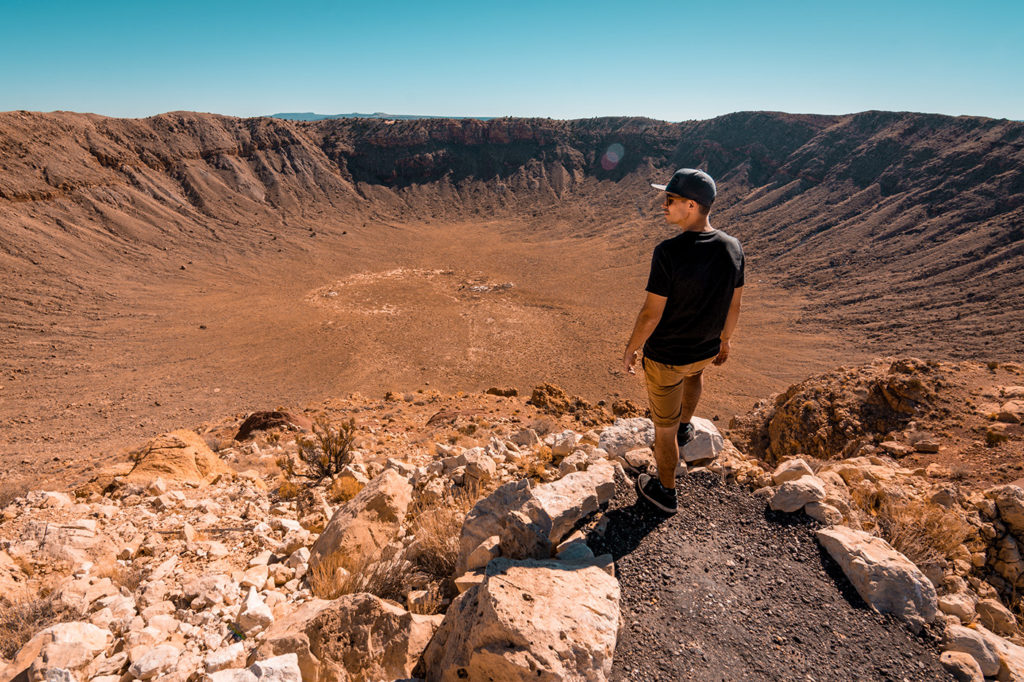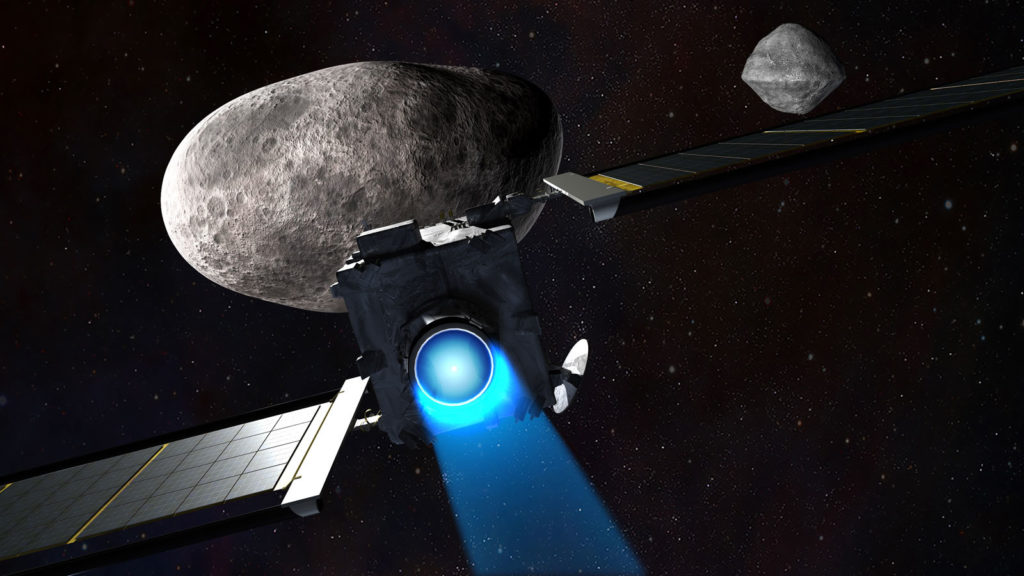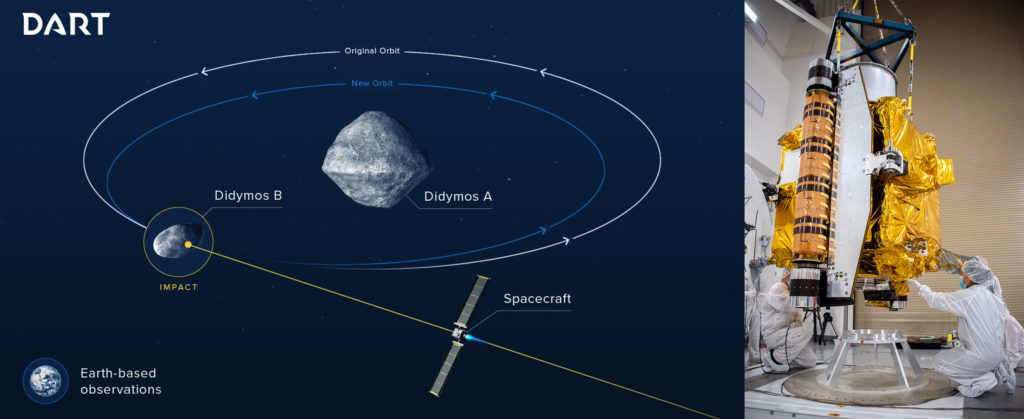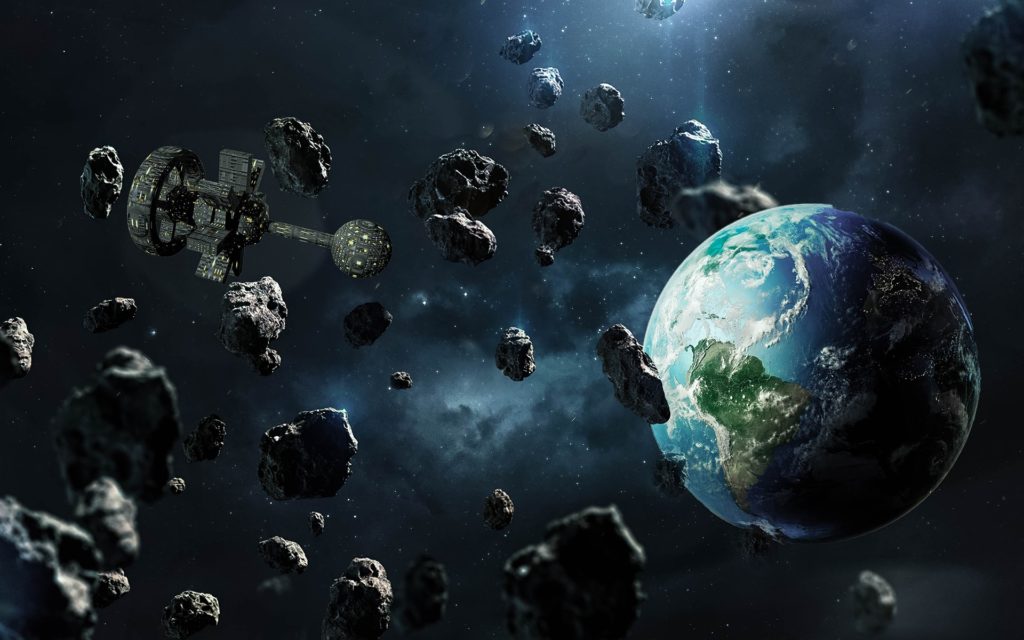You probably didn’t hear about it, but for a few months, astronomers were worried that a deadly asteroid would strike the Earth. This asteroid, 2021 QM1, was predicted to collide with us in 2052, an impact that would have been comparable to the explosion of a nuclear bomb.

Thankfully, after getting a better view of the asteroid, astronomers were able to determine it wasn’t going to hit Earth. But what about the next one?
It is inevitable that, eventually, one of those asteroids will strike Earth. Astronomers have already discovered a so-called “planet killer” asteroid, though it isn’t likely to hit our planet anytime in the next few millennia. But an asteroid doesn’t have to be big enough to create an extinction-level event to still cause catastrophic, life-threatening damage.
I have frequently said that the most pressing problem for this planet is an asteroid crashing with such a megaton explosion that Earth would be covered by a dust storm for millennia and, like the dinosaurs, we would disappear. Maybe it wouldn’t remove the entire planet, but a large enough asteroid could wipe Seattle, New York City, or Washington, DC, off the map—maybe even entire states or nations.
It’s often speculated that facing an alien attack would finally get humanity to unite and put aside our differences. But why must we wait for some science fiction hypothetical? Science fact tells us we are under threat at this very moment, not from aliens but from indifferent missiles made of rock in our Sun’s orbit.
Planetary Defense
In another blog, I warned that humankind needs to consider how it will prolong itself beyond this planet once Earth is no longer habitable, including finding ways to maintain our consciousness beyond frail physical bodies.
But thousands of asteroids in the Solar System could cause us immediate harm before climate catastrophe forces us off this rock. We need to plan for that possibility, too.

It’s long past time humanity stopped fighting amongst itself for a chance to rule portions of a dying planet. Putin’s insanity needs to stop, as do the destructive, dictatorial aims of Kim Jong Un and Xi Jinping. The world powers need to work together for the good of humankind. Their first collective mission is to build a planetary defense system.
The first step is for an international planetary defense coalition to identify and catalog every known and unknown body in our solar system so that we can predict what trajectory, if any, will bring them into contact with Earth. Once we have that data, we can formulate plans to deflect or neutralize any objects.
This will be no easy task, but our species must tackle it now.
The second step is to develop the technology to deflect or destroy any object on a collision course with Earth. This will require a massive investment in research and development from all nations, but it is essential to our survival.
Thankfully, this work has already begun. This year, NASA launched its Double Asteroid Redirection Test (DART), which successfully changed the course of an asteroid. That’s an exciting development, but only a first step. The asteroid they hit was relatively small and wouldn’t have been as deadly as 2021 QM1, the one astronomers briefly thought was headed for Earth. We need to beef up our efforts, and it shouldn’t just be the US working toward this goal. All developed countries have an interest in improving our planetary defenses.

The third step is to establish permanent bases off the planet. Obviously, the Moon and Mars are targets for human settlements, but before developing vacation spots for the rich, we should be establishing military bases for launching defensive forces against asteroids (and by “we,” I mean world governments working together). Earth has two so-called “Trojan” asteroids (asteroids in our orbit) that could act as stations for the first line of defense against any Earth-bound object.

We need to stop thinking of space exploration and defense as an extravagance. While former President Trump’s half-assed creation of the Space Force was frequently mocked, the reality is that we need to focus on things beyond the Earth. If Biden were smart, he’d take the ball and run with it. He could turn the Space Force into the nation’s most vital military branch by beefing up its defense and exploratory budget.
There Is No Next Time
Whether it’s an errant asteroid, a madman with a nuclear arsenal, or persistent inaction on climate disaster, disaster increasingly seems inevitable. The doomsday clock is 100 seconds to midnight.
Action is needed now. No more kicking the can down the road and getting caught up in petty squabbles. We must stop politicizing everything. An asteroid isn’t left or right. It just is. And if we aren’t prepared, it just might be the last thing we see.

